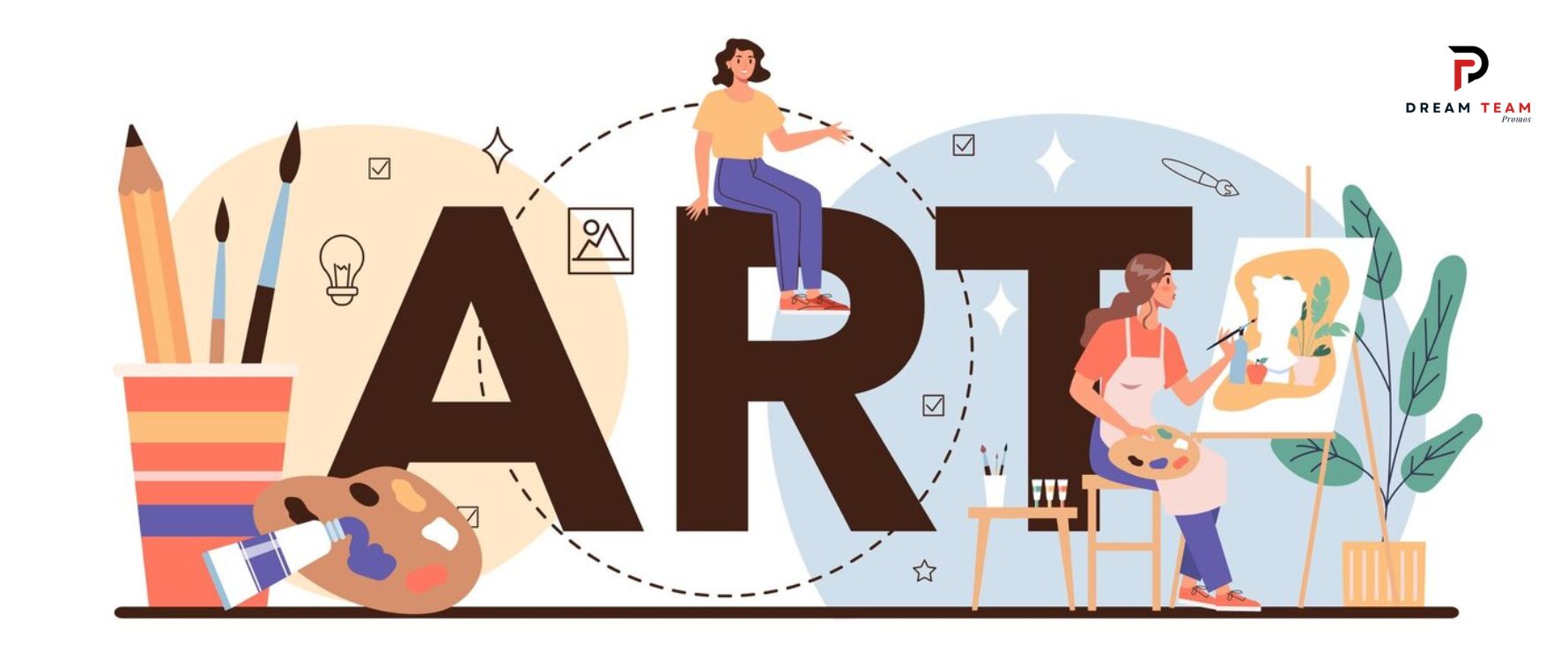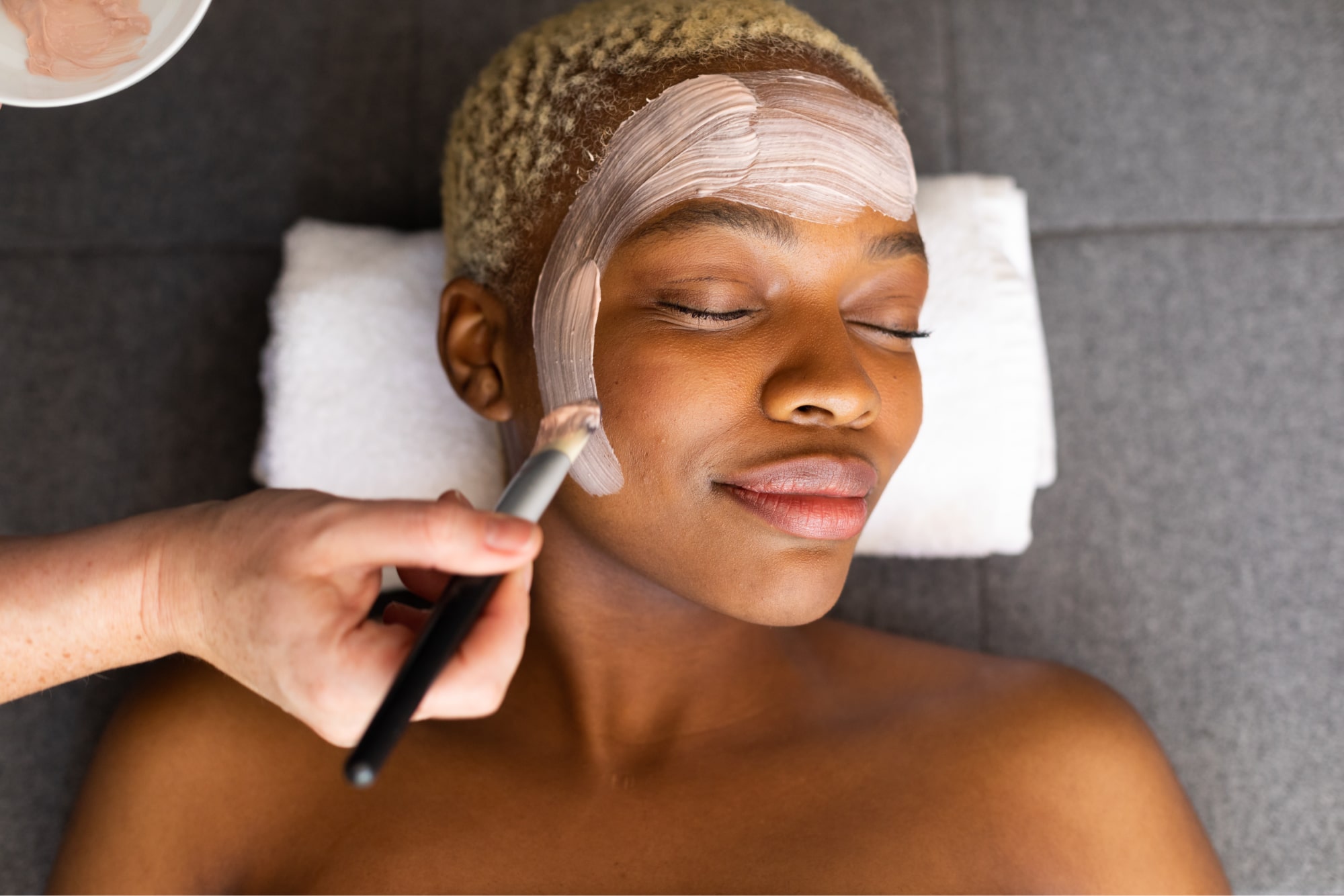Copyright is a legal word that refers to the exclusive rights granted to authors for their unique literary and artistic works, which are usually referred to as ‘artistic works’ or simply ‘works.’ Artisans and visual artists often create works subject to copyright protection. Indeed, an artwork has two specific legal rights. One is concerned with the artwork’s physical form (tangible property), while the other is concerned with its Copyright (intangible or intellectual property). Each right may be sold or disposed of separately from the others. Separate ownership of the two rights is possible. Usually, the author of an artwork owns the Copyright, but another party may hold the actual piece. You can consult experts like HHS Copyright lawyers in Dubai.
What rights are conferred by Copyright Law?
Copyright-based legal rights entitle copyright owners and their heirs in title to financial benefits for an extended but specified period. The term “economic rights” refers to the majority of these rights. A creator retains sole ownership of their creations. In practice, the creator, as the owner of the work’s Copyright, is the only person authorized to:
- Reproduce or copy the work in any manner (e.g., photographing, photocopying, manually copying, filming, scanning into digital form, or printing);
- Adapt, modify, or create derivative works based on the work (for example, by creating a painting from a photograph or a collage from several separate works);
- Exhibit and communicate the art to the public (e.g., by exhibiting a sculpture at an exhibition or by digitally sharing a painting through e-mail, television, or the Internet);
- Make the work available to the public (e.g., via original publishing, sale, or rental; the distribution right also applies to any copies of the work produced without the copyright owner’s prior permission);
- Assign any of the above work to another person. (Assignment of Work).
How is Copyright relevant to artisans and visual artists?
Apart from economic rights, copyright protection includes moral Rights as well. Moral rights include the following:
- the right to assert authorship of the work (commonly referred to as the right of ‘paternity’); and
- The right to object to any distortion, mutilation, modification of the work, or other derogatory action concerning it, would be detrimental to the author’s honour or reputation (commonly referred to as the right of ‘integrity).
For artists and visual artists, Copyright is essential because economic rights may be exploited, most notably via sale or licensing. They may also be gifted or left in a Will. In certain countries, artisans and visual artists may also benefit from future sales of their goods through ‘resale rights.’ Moral rights are typically more important to visual artists than they are to artisans. Moral rights may sometimes have financial ramifications.
Are works in the visual arts and crafts protected by Copyright?
As soon as visual art is produced or fixed, it is immediately protected by Copyright. Craft products may be protected by Copyright if they have artistic value and if country copyright laws permit them. Examples, Artificial flowers and plants; artwork applied to clothing or other valuable articles; cartoons; comic strips; collages, toys, drawings, paintings, murals etc.
How can you get copyright protection?
Without any specific registration, deposit, payment of fees, or other procedures, a produced work is immediately protected by Copyright as soon as it exists.
Is it necessary for artisans and visual artists to include a copyright notice on their work?
It is strongly recommended to include a copyright notice on the work since it tells the public that the work is protected by Copyright, identifies the copyright owner, and indicates the year of publication of the work. A proper notice may discourage prospective copiers, and in the event of an infringement, the copier will be unable to claim innocence.
In general, the proper notice should include the following information:
- the copyright sign © or the term ‘copyright’;
- the year the work was copied or disseminated, and
iii. the copyright owner’s name.
It’s also a good idea to include the phrase “all rights reserved.” the work may consist of the proper notification of Copyright. It may be painted, typed, or stamped onto the work.
Do artisans and visual artists lose their copyright rights when they sell their work?
Simply selling a copyrighted work does not immediately transfer ownership to the buyer. Unless the artisan or visual artist explicitly assigns it to the work’s purchaser in a formal agreement, the artisan or visual artist retains ownership of the work.
In the UAE, the only viable option is to provide an exclusive licence to the complete package of economic rights. Moral rights are generally not assignable or transferable.
In general, the Artisans or visual artist retains the following rights:
- Partial or complete moral rights;
- The right to reproduce;
- The right to create derivative works; and
- The right to create another same or very similar work.
The purpose of this article is to provide a general overview of the subject. It is difficult to explain the complete laws relating to artists in this article. This article cannot be used in place of legal counsel. Copyright Experts deal with cases relating to the infringement of Copyright and also provide Copyright Enforcement services. If you need more clarification on how Copyright Law relating to artists applies to specific facts and circumstances, please don’t hesitate to contact HHS Lawyers & Legal Consultant.













